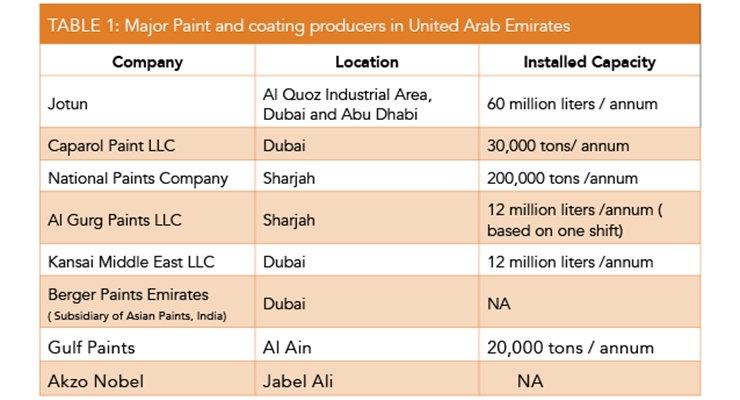Recognizing how climate condition can influence the outcome of an exterior paint undertaking is extremely important for attaining a flawless finish. From temperature changes modifying paint adhesion to moisture degrees affecting drying out times, each element of weather condition plays a considerable role in the success of your task. Moreover, wind speed and rainfall can present unforeseen challenges that may jeopardize the high quality of the outcome. As we navigate through the subtleties of weather condition's impact on external paint, it ends up being evident that precise planning and tactical timing are vital for guaranteeing a specialist and sturdy end result.
Suitable Temperature Level Range for Paint
When taking into consideration external painting projects, the excellent temperature variety plays an important duty in accomplishing optimal results. Painting in the appropriate temperature level problems makes certain that the paint adheres correctly to the surface, dries out uniformly, and treatments efficiently. Normally, the suggested temperature range for outside paint is in between 50 to 85 degrees Fahrenheit.
Paint in temperature levels below 50 degrees Fahrenheit can result in issues such as bad paint bond, extended drying times, and an enhanced possibility of breaking or peeling off.
On the other hand, paint in temperature levels above 85 degrees Fahrenheit can trigger the paint to completely dry also quickly, resulting in blistering, gurgling, and an uneven surface.
To accomplish the best results, it is important to check the weather report before beginning an exterior painting task. Ideally, goal to repaint throughout moderate weather conditions with moderate temperatures and reduced humidity degrees.
Results of Moisture on Paint Drying
Humidity levels substantially impact the drying process of paint put on exterior surface areas. High moisture can lengthen the drying time of paint, resulting in potential issues such as leaking, spotting, or even the formation of bubbles on the repainted surface area. Excess moisture airborne reduces the dissipation of water from the paint, impeding the curing procedure. This is particularly bothersome for water-based paints, as they depend on evaporation for drying out.
On the other hand, low humidity degrees can additionally impact paint drying. https://housepaintersnearme43210.azzablog.com/32074939/do-paint-methods-pique-your-interest-get-in-the-vivid-world-of-creativity-to-uncover-which-technique-resonates-with-your-creative-reactions-allow-s-discover-this-together may trigger the paint to dry also rapidly, bring about inadequate bond and a harsh surface. In such cases, adding a paint conditioner or spraying a great haze of water airborne can help manage moisture levels and improve the painting result.
To guarantee optimal drying problems, it is a good idea to repaint when the humidity degrees range in between 40% and 50%.
Tracking humidity degrees and taking appropriate procedures can help achieve a smooth and durable paint surface on outside surfaces.
Wind and Precipitation Considerations
Wind speed and rainfall are crucial variables that considerably affect the success of an external paint job.
When it comes to wind, both speed and direction are essential considerations. High wind speeds can cause paint to dry as well rapidly, causing a below average finish with prospective problems like splitting or unequal appearance. In addition, wind can bring particles that might abide by the damp paint, causing imperfections. Consequently, painters need to intend to service days with light to modest winds for optimum paint conditions.
On the other hand, rainfall, whether rain or snow, can be incredibly damaging to the end result of an outside painting project. Wetness from precipitation can impede paint bond, causing peeling and bubbling over time. It is crucial to prevent paint throughout rainy or snowy climate to ensure the longevity and top quality of the paint job. Painters need to also permit enough time for the surface area to completely dry extensively after any precipitation before beginning or returning to the paint process.
Conclusion
Finally, weather conditions play a considerable function in the outcome of an external paint project. The ideal temperature array, moisture degrees, wind speed, and rainfall all contribute to the success or failure of the paint work.
It is necessary to take into consideration these elements and strategy as necessary to make certain appropriate paint bond, drying times, and general quality of the finished item.
